How to feed tomatoes with yeast?
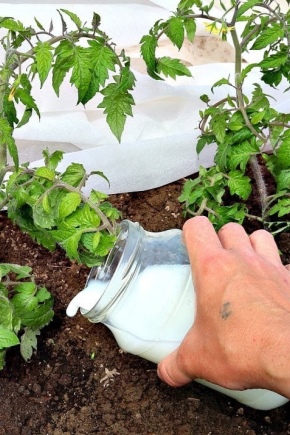
A gardener's dream is a rich harvest, and what summer residents just do not have to use to stimulate vegetation and fruiting. One of the types of dressings is the use of yeast fungi, simply - yeast. This method is more than a dozen years old, and it has not lost its popularity until now.
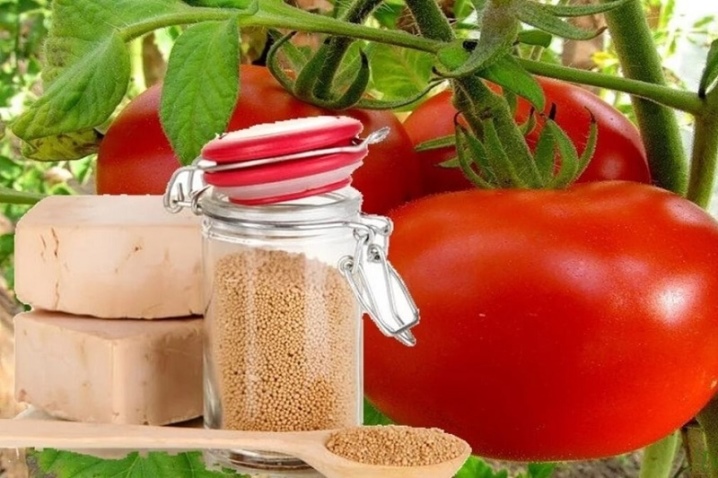
Features of feeding
So what is yeast good for for plants, and is it really so? First you need to understand and clarify - what is it? These are unicellular fungal microorganisms belonging to the extra-taxonomic group. The yeast fungus moved into a liquid and semi-liquid habitat enriched with a nutritious extract, thereby depriving itself of the mycelial structure. The group unites about one and a half thousand species. The plant component in the form of yeast fungi is ideally combined with plants for which it is used as a growth and fruiting activator.
Judging by the fact that yeast fertilizers have been used since the last century, and the popularity of the use of this product in gardening is not decreasing, this is a really effective remedy. For beginners and experienced vegetable growers, the information that will be discussed may be useful, but for someone it may be completely new. Before you start preparing a composition based on yeast mushrooms, it will be useful to find out exactly what effect feeding has on vegetables. The fertilizer is considered especially highly effective for tomatoes, as well as all cultivated plants, including indoor flowers. The rich content of nutrients and plant growth hormones (auxins), the ability to activate the soil microflora helps plants to assimilate soil nutrition.
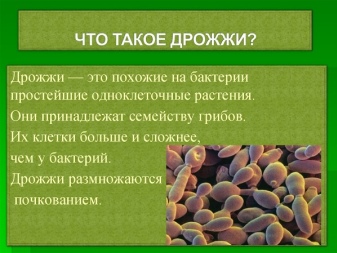
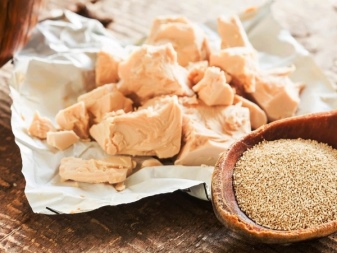
Yeast nutrition gives excellent performance, especially seedlings need it. The advantages of yeast fertilizers are obvious, but when the soil is enriched with minerals and vitamins, yeast fertilizers can extract potassium and calcium from the soil, which somewhat complicates the process:
-
before fertilizing the soil, it is necessary to enrich it with preparations with a high content of potassium and calcium (potassium sulfate, wood ash or extract from it, calcium nitrate);
-
the yeast remains in a passive state until the soil temperature rises to + 12-15oC;
-
you can not get carried away with yeast dressings, the rate of their introduction is 2 times per season, it is permissible to use them for the third time if plant oppression is noticed.
It is this use that promotes the development of the root and vegetative parts of the plant, while preventing the seedlings from overgrowing.
On a note! The benefits of fertilization based on yeast fungi are only on soils with a rich content of organic matter - humus, humus, compost.
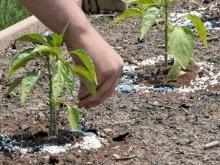

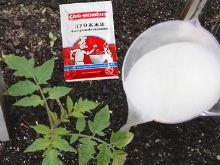
Feeding action:
-
stimulating growth;
-
increasing the resistance of immunity;
-
an increase in budding, which means an increase in productivity;
-
acceleration and activation of flowering, reduction of ripening and fruiting times.
The effect of yeast is so effective that many consider it equal to complex mineral fertilizers. Many gardeners note an increase in the sugar content of tomatoes and attribute this to the use of yeast. Since these are just unicellular fungi, they are completely harmless to the soil composition and do nothing but benefit.
In addition, yeast is always freely available and has a low price.
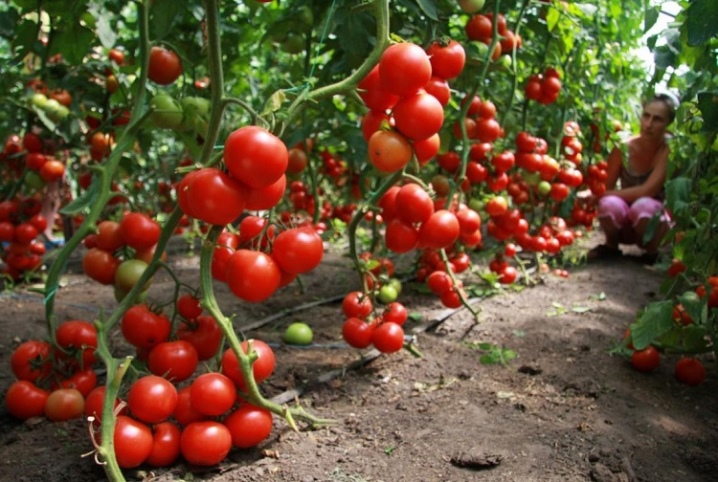
Pros of using top dressing
Yeast has several significant advantages over chemical formulations.
-
The introduction of yeast gives the plant an effect comparable to the action of ready-made EM preparations with effective microorganisms, for example, "Baikal EM 1", "Radiance", "Revival", "Tamir", "Ekoberin", etc.
-
Plants absorb nutrients from the soil much faster.
-
There is an intensification of the development of the root and ground system of tomatoes and other crops.
-
A qualitative increase in the ovary, an increase in immunity.
-
High resistance to the negative effects of pests and temperature fluctuations.
-
Accelerated adaptation after a dive.
-
Enrichment of the soil with nitrogen and phosphorus.
-
Comfort in use - the solution is easy to dilute, as well as to observe the necessary proportions.
In addition, the prepared composition can be used to fertilize root crops (except for garlic, potatoes and onions), flower and berry crops, fruit and ornamental shrubs.
All plants, but especially tomatoes after using yeast, are distinguished by excellent flowering and fruiting - the fruits grow large, fleshy and juicy.

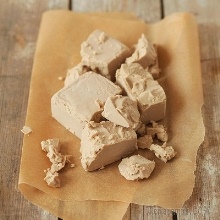
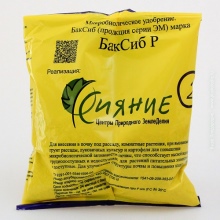
disadvantages
Unfortunately, you can't do without them. As mentioned earlier, yeast deprives the soil of potassium and calcium, and also requires a high content of organic matter in the soil. But that's not all.
-
The soil becomes stony and difficult to process.
-
Frequent use of yeast leads to organic depletion of the earth.
The arising problem is solved by the introduction of organic fertilizers into the soil - they use wood ash, compost, humus.
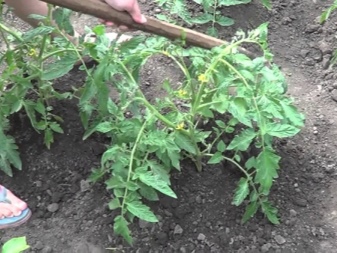
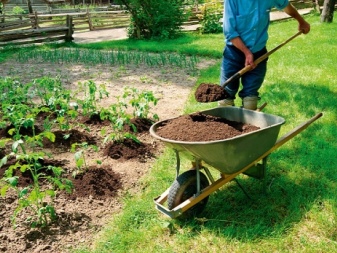
Fertilizer recipes
This fertilizer is used in greenhouses and outdoors. Growing plants in a closed space requires the creation of certain conditions:
-
optimal balance of light, humidity and temperature indicators;
-
timely moistening and application of foliar and root dressings.
Fertilizers with yeast fungi stimulate the development of tomato culture. As you know, for the steady growth and fruiting of nightshades in a greenhouse, a balanced soil is needed, and this is the introduction of humus and compost at the rate of 1 bucket per 1 sq. m. Seedlings after planting need mulching with straw, mown grass, etc. After the spring manipulations, yeast feeding will be enough for the tomatoes.
It is important! For the preparation of top dressing, you cannot use an expired product. Gardeners use a variety of recipes to create a yeast fertilizer from baker's yeast.
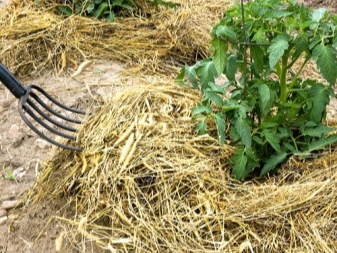
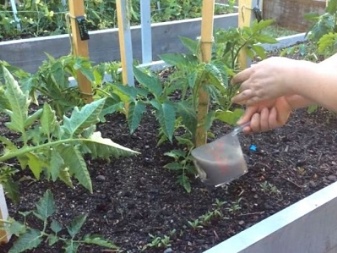
Sugar yeast
-
Sugar - 100 g.
-
Warm water - 3 liters.
-
Fresh yeast - 100 g.
All components are mixed in a container, then closed and left in a warm place. Before use, 200 ml of the concentrate is diluted with 10 liters of water - 1 liter of the mixture is poured onto 1 bush.
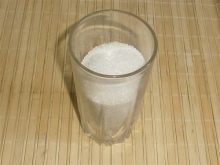

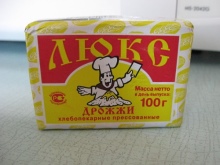
-
Sugar - 1 tbsp. l.
-
Dry yeast - 5 g.
-
Warm water - 5 liters.
The solution is left warm for 2-3 hours, then it must be diluted 1 to 5 and watered over the plants.
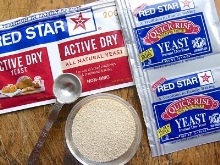
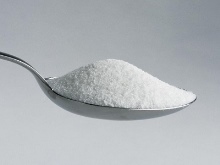
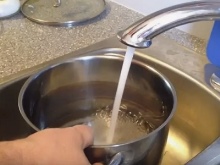
Another recipe for "sweet feeding":
-
yeast - 10 g;
-
sugar - 2 tbsp. l .;
-
warm water - 10 liters.
After fermentation is over, the composition is diluted with water in proportions of 1: 5.

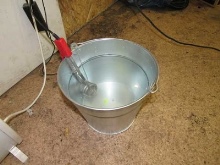
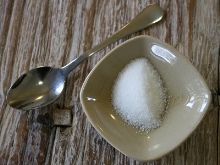
How to prepare a "milk" dressing
-
Fresh yeast - 1 kg.
-
Pasteurized milk - 5 l.
The products are mixed and left to “ripen” for a day. The resulting composition is enough for 10 buckets of water. For 1 bush, 0.5 l of solution is used.
Consumption is low, therefore, with a small number of tomato bushes, it is necessary to adjust the recipe.
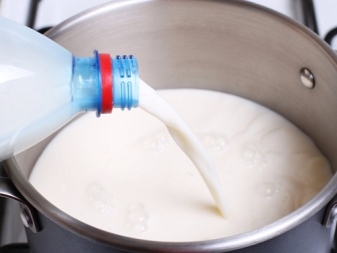
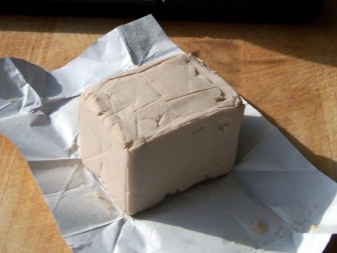
- Milk - 1 l.
-
Fresh yeast - 200 g.
The resulting mixture is infused for 2 hours, then diluted with water 1:10.
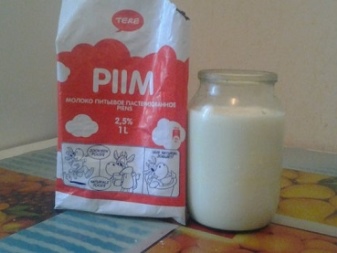

Yeast and Wood Ash to Replenish Potassium Deficiency
-
Warm water - 5 liters.
-
Fresh yeast - 1 kg.
-
Wood ash - 2 kg.
The ingredients are diluted in warm water, mixed and insisted for 3 hours. The resulting concentrate is diluted with water 1:10.

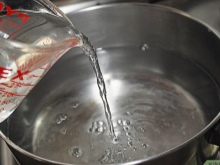
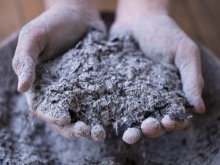
How to make fertilizer with bread instead of fresh yeast
A similar sourdough was very actively used by gardeners of the pro-Soviet space, since this recipe made it possible to usefully get rid of stale bread.
- Dry yeast - 1 pack.
- Ash and sour milk - 1 glass each.
Bread crumbs are added to a 10-liter container, the remaining ingredients are poured with warm water. After that, leave for 7 days with occasional stirring. Before use, the resulting starter culture is diluted with water 1:10. Consumption per bush - 1 liter.
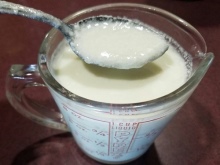


In addition, the use of alcoholic yeast is acceptable.
-
Sand - 100 g.
-
Raw yeast - 100 g.
-
Warm water - 3 liters.
The tub with the solution is covered with a cloth and infused for 7 days. The finished composition is diluted in a ratio of 1 glass of solution in a bucket of warm water, after which tomatoes are spilled at the rate of 1 liter at the root.
Yeast top dressing will make the tomatoes strong and increase their resistance to heat. To do this: dissolve 100 g of fresh yeast in a 10-liter bucket of warm water. The finished solution is poured into 1 liter under each tomato weekly.

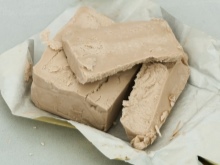
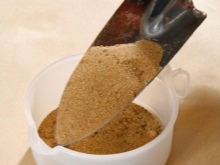
Introduction
Feeding tomatoes with yeast is very important among gardeners and gardeners. They use this kind of fertilizing in a polycarbonate greenhouse, in the open field in the garden, watering some time after planting or spraying during fruiting and plant development. This helps to carry out correct foliar processing, sometimes replacing complex mineral fertilizers with it. Plantings can be sprayed with the prepared solution, or you can feed and add to the soil by irrigation.
Homemade fertilizer can be watered several times per season, as well as process the aboveground part and stimulate the rapid growth of vegetative mass.
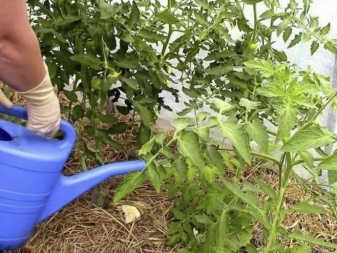
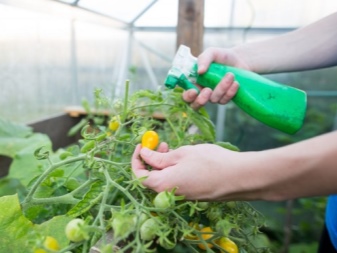
For seedlings
Home seedlings very often experience a lack of light, which is why they grow poorly, look depressed, and have a weakened root system. Yeast top dressing does an excellent job with these problems - processed nightshade seedlings differ significantly from untreated ones and form strong roots much earlier. The natural composition slows down growth and stimulates the growth of vegetative mass, which makes the stems strong and elastic. It is also important that the natural composition perfectly prepares the seedlings for future transplantation, which it tolerates much easier.
The recipe for the composition for these purposes:
-
granulated sugar - 2 tbsp. l .;
-
dry yeast - 10 g;
-
warm water - 10 liters.
The ingredients are thoroughly mixed, and then let the yeast start to play. After a few hours, the finished composition is diluted with clean water 1 to 5. The positive result is noticeable within a few days after application.
For foliar top dressing, the solution is filtered and sprayed with the stem, the inner and outer surfaces of the leaf.

For adult tomatoes
The finished composition is poured under the root of the plant in the morning or evening in calm weather. For reuse, you can prepare a solution with already fermented yeast. A small clarification - the older the tomatoes, the longer it takes to infuse the concentrate.
-
Fresh yeast - 1 kg.
-
Warm water - 5 liters.
The mixed composition is ready two days after the start of fermentation. The resulting liquid is diluted 1 to 10 and each bush is spilled with 0.5 liters of top dressing. In addition to root application, the yeast composition is used for watering crops during the budding period, however, the leaves must be processed on both sides. The term of feeding for nightshades planted in open ground is 10-14 days. The repeated yeast watering is carried out after 20 days and then during the budding period.
For greenhouse tomatoes, the same scheme is used.
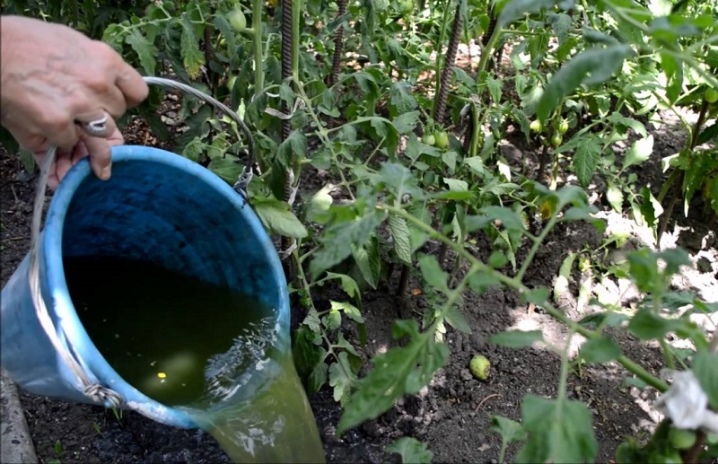
Recommendations
In order for feeding based on yeast fungi to be effective, you need to know about several nuances of its use. It should be borne in mind that unicellular mushrooms are not a wonderful panacea that should only be applied, and all problems will disappear at once. This is only an auxiliary element, not a substitute for the work of maintaining the soil in a fertile state.Their ability to be active is manifested at a temperature of at least +15 degrees, but since in polycarbonate greenhouses this time comes much earlier, it is necessary to remember this factor.
The solution for the first pair of dressings can be prepared without insisting. Yeast fungi depend on some active microorganisms that can have a depressing effect on them, for example, organic matter in the form of manure, bird droppings, etc. All these fertilizers must be used in advance, before planting seedlings in the ground.
Before applying top dressing, the soil is well spilled with warm water, so that if the concentration is mistaken, the roots are not burned. In addition, this technique will help the deep penetration of nutrients. For gardeners who process tomatoes with yeast, there are a few rules to keep in mind.
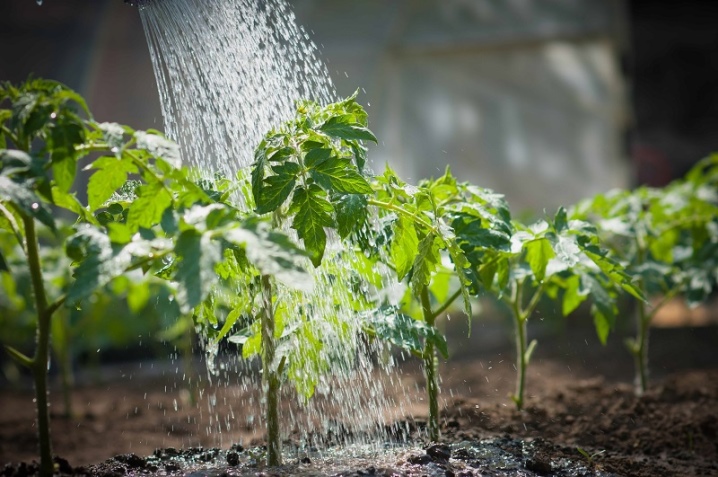
-
Processing should be carried out in the morning or evening hours.
-
Yeast actively removes potassium and calcium, so ash is added to the soil immediately after processing.
-
It is pointless to use the old solution - all its active properties have already been lost.
-
Sugar solution is poured under the roots, for fear of falling on the leaves, as this will attract ants and aphids.
-
You can not increase the frequency of use.
-
The simultaneous introduction of yeast and organic matter minimizes the beneficial effect. But the use of ash, eggshell powder and fresh herbs is beneficial.
The correct use of this type of fertilizer has a beneficial effect on all processes of development of the nightshade. You can also use wine, baker's and brewer's yeasts. The consistency of the wine product is acceptable in liquid, dry or instant form, but the bakery product is still considered to be more useful.
The content of essential microelements in it is optimal for plants.
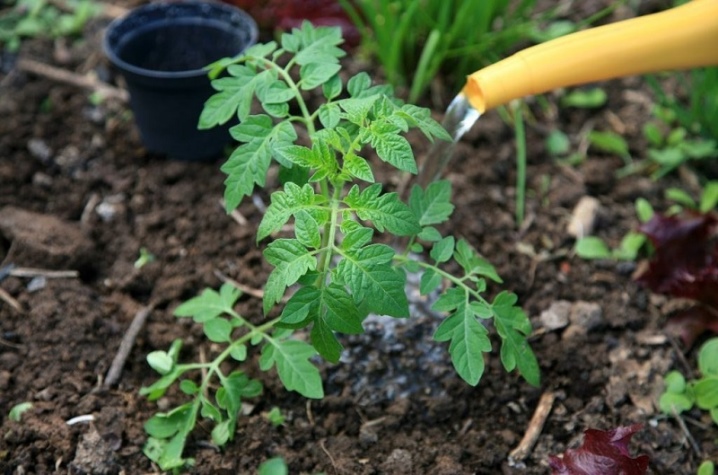
Let's give some more tips.
- Most often, they begin to use yeast tincture in greenhouses due to the earlier warming up of the soil.
-
Seedlings prefer non-fermented solutions - they are more gentle on young and weak roots. If the roots are already strong enough, preference can be given to infusions.
-
Do not forget about the amount of dressings - 3 times per season, otherwise it will negatively affect the development of plants.
-
Calcium and potassium deficiency is avoided by introducing preparations containing these minerals or using ash.
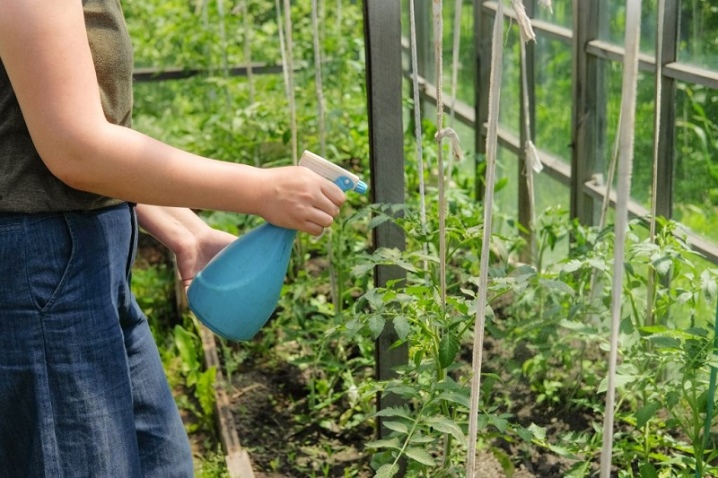
For which types of crops is yeast not recommended?
Yeast formulations are rich in nitrogen - its excess negatively affects plants.
-
Passion for yeast is dangerous for soil deterioration - the soil becomes hard, not amenable to cultivation, this is caused by the increased release of carbon dioxide, as a result of which a large amount of nitrogen and phosphorus is produced.
-
It should be remembered about the relationship between yeast feeding and organic matter - without this, yeast will be ineffective - organic enrichment is mandatory with yeast technology.
And further! Gardeners and gardeners who prefer natural fertilizers based on yeast need to be aware of the exceptions. The composition will have a negative effect on potatoes, as well as onions and garlic. Tubers become tasteless, very poorly stored. As a result, it should be noted that yeast as a top dressing for peppers and tomatoes is the creation of favorable conditions for the growth, development and productivity of plants.
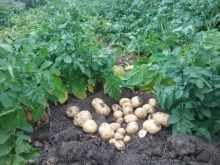
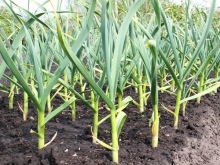
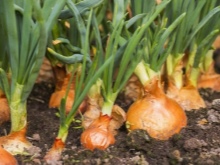
You can find out more information on this issue in the video below.













The comment was sent successfully.